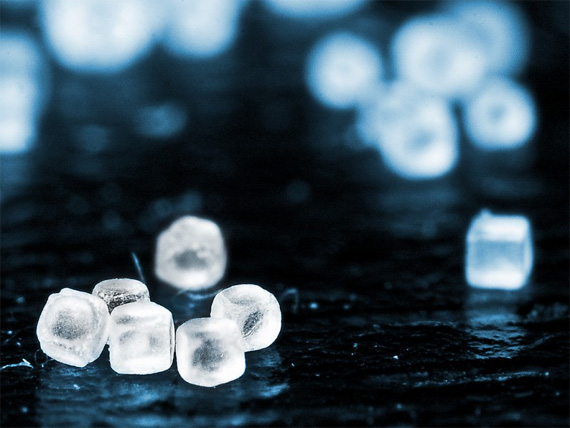Photography is not everything about the camera. It is said that photography is the art of playing with light. Without light, the photography was impossible. Produces a good picture, must have a strong vision in terms of 'seeing'. Attention to the light, composition and moment are the things that are important to consider in making images that can be categorized as 'good'.
However, it seems impossible to produce a picture like that if you do not know and understand each of the technical foundation of photography. Photography is not everything about the camera, but the camera is a tool to deliver our vision. So, if need to know and understand how the camera works.
The main task of the camera is set the intensity of incoming light and at the end of the film / sensor (hereafter I call medium). If the camera allows too much light entering the medium will be burned (overexposed). And vice versa. How to keep the incoming light is not excessive and no less, or in other words 'pass'. Here I describe the one-one.
Aperture
Or, sometimes called a diaphragm or aperture lens is functioning to regulate how much the lens opens. This function is more precisely located on the lens. Logically, the larger the opening, the more light will enter. Like a water faucet. The bigger we open the faucet, the more water will come out.

Writing the correct aperture is f / x. So when it is said his Aperture value is 5.6, then writing the truth is f/5.6. So do not be confused when someone said that the lens aperture 2.8 aperture greater than 5.6. Because if it's true mathematical writing, right? (F/2.8> f/5.6), but most of us are lazy to say f/2.8 or f/5.6, because we are simple people anyway ...

Side Effects of Aperture
Like cough medicine that has side effects, as well as the aperture. The side effects are greater the aperture, the smaller area of focus. And vice versa. Focus area is commonly known as the DOF (Depth of Field).
Shutter Speed

Or commonly referred to as speed or shutter speed on duty to regulate how long the mirror open and closed again to limit how much light will enter. Like the theory of the tap, when we open the tap too long, then the reservoir container so that excess water was going to be more likely to smear out. If in the case of photography, the medium will burn.

Writing the correct shutter speed is 1 / x. So when it is said that a photo menggunkanan speed 60, then the true authorship is 1 / 60 sec. So do not be confused to say that the speed 60 faster than 30. because writing is so mathematically?

Side Effect of Shutter Speed
Like dating that have side effects, such as hard glance woman / other man, as well as the shutter speed. The faster the shutter speed, it will be increasingly seen silent picture (freeze). And conversely, if the speed is too slow image will look blurry because the movement is too fast, so objects appear to move very fast.
ISO or ASA
Is the sensitivity of the medium in receiving light. The higher the value, the more levels of sensitivity. That is, if we change the ISO or ASA value becomes higher, while the aperture and speednya not changed, then the medium will receive more light.

Side Effects of ISO or ASA
ISO is the sensitivity of the sensor (medium), while the ASA is the sensitivity of the film (medium), so the difference is only dimediumnya only. But the same logic. Unless the side effects. Where when using a high ASA film, the picture will look grainy (in the form of small dots, but a lot). While the use of high ISO will generate noise (such as a worm, but a lot).


No comments :
Post a Comment